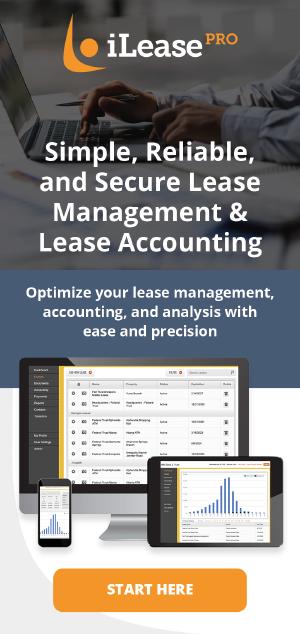Understanding the Impact of ASC 842 on Financial Metrics and Covenants
Key Financial Metrics Affected by ASC 842
Regulatory standards serve as the foundation for financial reporting, ensuring consistency, accuracy, and transparency in financial statements across industries. These regulations help investors, lenders, and stakeholders make informed decisions by providing a standardized framework for reporting financial information. The adoption of ASC 842, for example, has significantly altered the way companies account for leases, bringing greater visibility to lease obligations and financial liabilities. While these changes enhance financial transparency, they also pose challenges for businesses as they navigate compliance requirements, adjust financial metrics, and manage loan covenants. Understanding the impact of such regulatory shifts is crucial for organizations striving to maintain financial health and regulatory adherence.
1. Balance Sheet Impact
ASC 842 mandates that companies recognize right-of-use (ROU) assets and lease liabilities for operating leases, significantly increasing total assets and liabilities. This fundamental shift influences several financial ratios:
- Leverage Ratios: The debt-to-equity ratio and debt-to-assets ratio increase due to the recognition of lease liabilities, potentially affecting a company's perceived financial risk.
- Liquidity Ratios: The current ratio (current assets divided by current liabilities) may decrease if the lease liabilities classified as current liabilities grow disproportionately compared to current assets.
For a deeper dive into how ASC 842 affects financial statements, check out our blog post on ASC 842 Lease Accounting: Impact on Balance Sheets.
2. Income Statement and Profitability Metrics
Although ASC 842 primarily affects the balance sheet, it also impacts income statement metrics:
- EBITDA (Earnings Before Interest, Taxes, Depreciation, and Amortization): With lease expenses now recorded as amortization and interest expense (instead of operating expenses), EBITDA increases for companies with operating leases.
- Net Income: While EBITDA rises, net income might remain unchanged or slightly decrease due to the front-loaded expense recognition in finance leases.
For insights into how ASC 842 influences EBITDA, read How ASC 842 Impacts the Income Statement and Profitability.
3. Cash Flow Statement Adjustments
ASC 842 changes the classification of cash outflows:
- Operating Cash Flows: Lease payments for finance leases are now partially recorded under financing activities, improving operating cash flow.
- Financing Cash Flows: Principal payments on lease liabilities appear in financing activities, making cash flow analysis more complex.
For further details on cash flow changes, see Understanding ASC 842: Cash Flow Statement Implications.
Impact on Loan Covenants
Many loan agreements include financial covenants tied to key ratios such as leverage, interest coverage, and EBITDA-based calculations. The adoption of ASC 842 can trigger unintentional covenant breaches:
- Leverage-Related Covenants: Increased liabilities may cause companies to exceed maximum debt thresholds, putting them at risk of technical default.
- EBITDA-Based Covenants: Higher EBITDA due to lease expense reclassification might make EBITDA-based financial tests easier to pass, but could also require adjustments in loan agreement definitions.
- Interest Coverage Ratios: The interest expense component of finance lease obligations may negatively impact coverage ratios, affecting creditworthiness assessments.
Strategies to Manage the Impact of ASC 842
- Proactive Communication with Lenders: Companies should engage in discussions with lenders to renegotiate covenants or seek waivers where needed.
- Financial Metric Adjustments: Adjusting internal financial analyses to account for ASC 842’s impact can help organizations better understand and manage their financial health.
- Lease Portfolio Optimization: Evaluating lease-versus-buy decisions and considering lease structuring options may help mitigate negative impacts on financial ratios.
- Technology and Compliance Tools: Utilizing lease accounting software like iLeasePro can streamline compliance efforts and ensure accurate financial reporting.
The transition to ASC 842 presents challenges for financial reporting and debt covenant compliance. Companies must be proactive in understanding the impact on financial ratios, engaging with stakeholders, and leveraging technology to ensure smooth compliance. By taking a strategic approach, businesses can not only mitigate risks but also capitalize on opportunities for improved financial transparency and decision-making.



